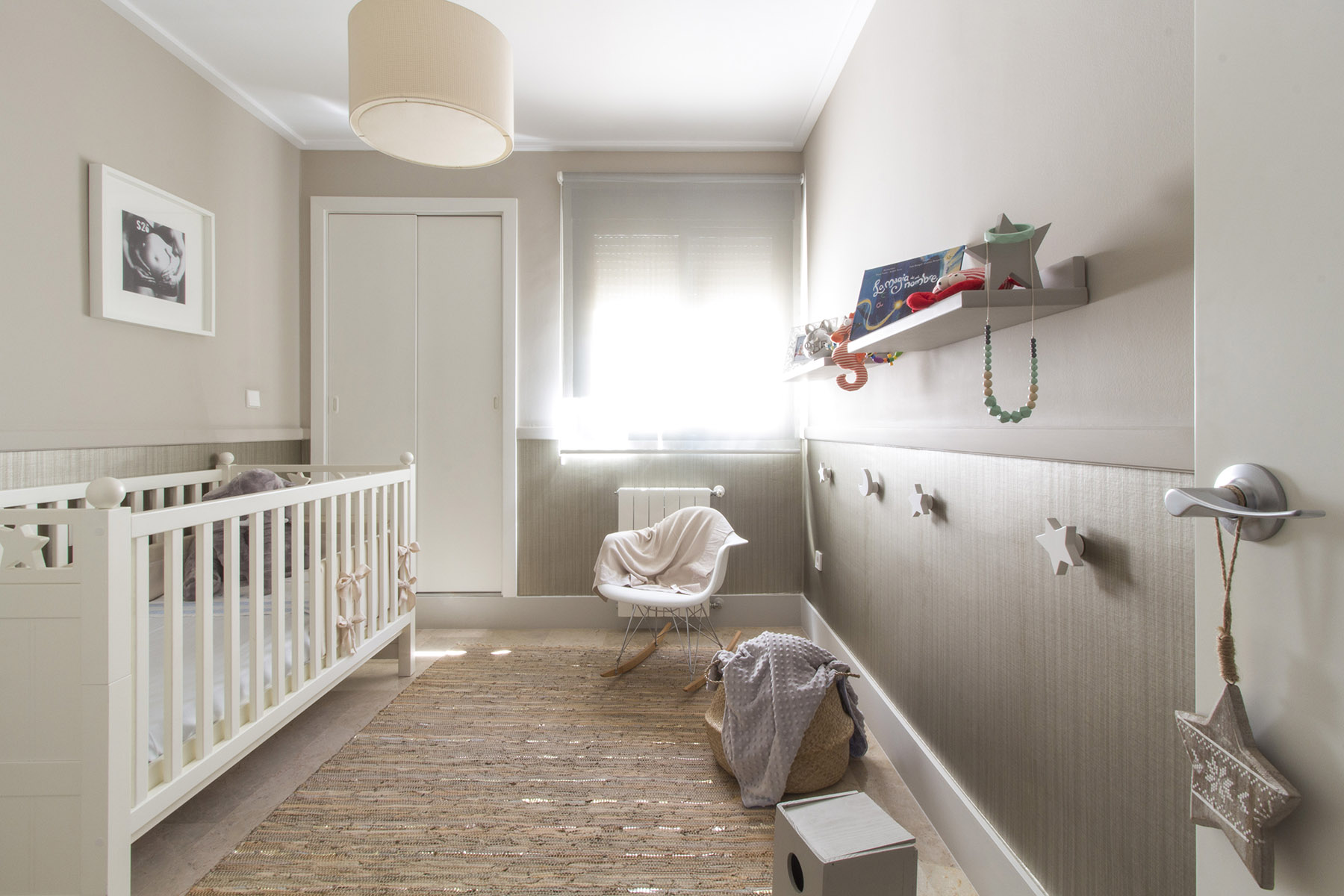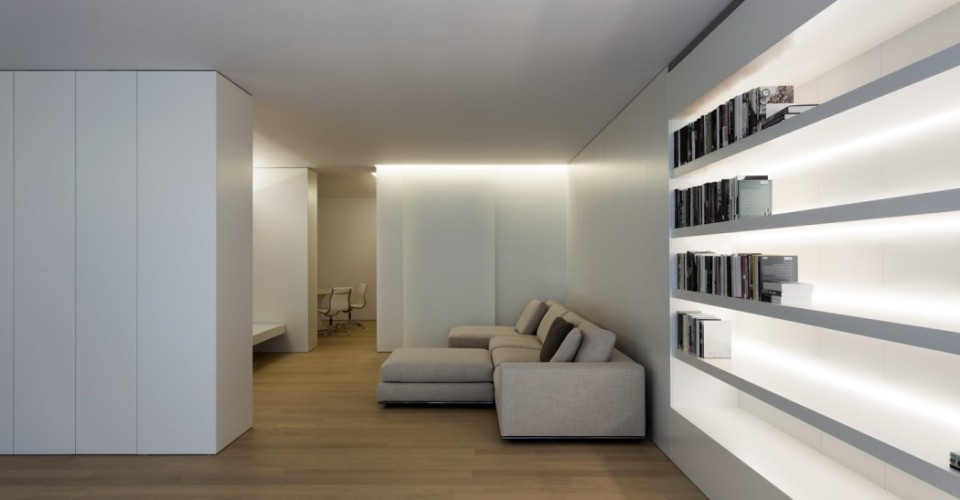Spaces and sensations through lighting

All the keys to lighting your home
When we start a housing reform one of the most important points is how we will illuminate the spaces, because a good interior lighting can allow us to transform each of the indoor stays and enhance their expressiveness emphasizing the Lighting in those areas that we want to highlight.
Therefore, before choosing lamps and types of light you have to take into account the different types of lighting that exist: ambient light, general light, decorative lighting or punctual lighting. With these types of lighting you can get to cover needs like: Fill shadows, Mark silhouettes, create points of visual attraction, but for this you must know how to illuminate your house in an artificial way.

Types of lighting
Direct lighting is the one we always use in the different environments of our house, either in spotlights on the ceiling, on the wall or in a lamp.
The intensity, or effect you want to achieve, will depend on the light source or bulb. Normally your beam directly affects the roof to the ground in order to obtain an illumination with which we can develop our daily activities.

However, in the décor we find the indirect light that reaches a space from above. It can be indirect natural light or artificial light.
The architecture gives several possible technical solutions to illuminate with indirect light or natural zenith a space. This type of lighting has its low lumens, the beam of light can come from different places and are usually used for decoration and to recreate calm and relaxed environments.
How to take advantage of the NATURAL light of our home

Natural light is essential to give life to the interiors and to promote the activities that take place within a dwelling; Creativity increases, brings joy and visual wellbeing. Thus, we must make sure that the "day zones", dining room and kitchen especially, make the most of the possibilities that natural light gives us. Therefore, the first thing we do when we start with a reform project is to study the orientation of the house and know the stays of the home where you receive more natural light to be able to take advantage.
In order for the natural light to "slide" through the floor, it is advisable that the enclosure, i.e. walls, floors and ceilings, be clear. So you'll also have a ' plus ' of reflected light. On the other hand, we must pay attention to the choice of furniture and upholstery, because if they occupy a lot of space and are dark or very texturized they will absorb a lot of light.
Clear colors reflect light, increase their brightness and generate the sensation of greater amplitude in the spaces. The details in the decoration in vivid shades also help to generate greater luminosity as well as the balanced decorations in which there is no excess of furniture or decorative elements.
Special attention must be paid to the distribution. That is why the interior designers always insist on the benefits of the interconnected and open plants. So, if you place the so-called "daytime" zones in the same environment, as the kitchen, the dining room and the living, in addition to gaining space of use, you will achieve that the environments, formerly isolated and dark, like the kitchen, enjoy the same spatial conditions, light and environmental than the drawing-room. With a good distribution you can even get out of the darkness to receivers and hallways.
A vertical window, for example, is effective in increasing the distance to which the light is introduced. In this way, it is also possible to bring different light graduations throughout the day.
How to work ARTIFICIAL lighting in a home

In our projects we bet on the use of indirect lighting through moulding in walls and ceilings creating enveloping environments. It is, in turn, a functional element in addition to decorative, so that the light extends and is reflected by the surfaces of the walls, ceilings and floors. This way, through a bright, non-localized light, a dim illumination is achieved, with a uniform distribution, in which shadows and dazzles are reduced. The linear character of the moulding also contributes to framing the room with light, with the presence of architectural forms.
To perform a linear indirect lighting installation You can use LED lights or fluorescent lamps. Fluorescent tubes are more economical, but with a LED installation The energy savings will be considerably higher.
How do you like our solutions when it comes to illuminating the spaces? If you have doubts, or are thinking about making a comprehensive reform of your home and enhance all the potential your house through the light it counts with us! We'll be happy to help you.
Via: Decofilia